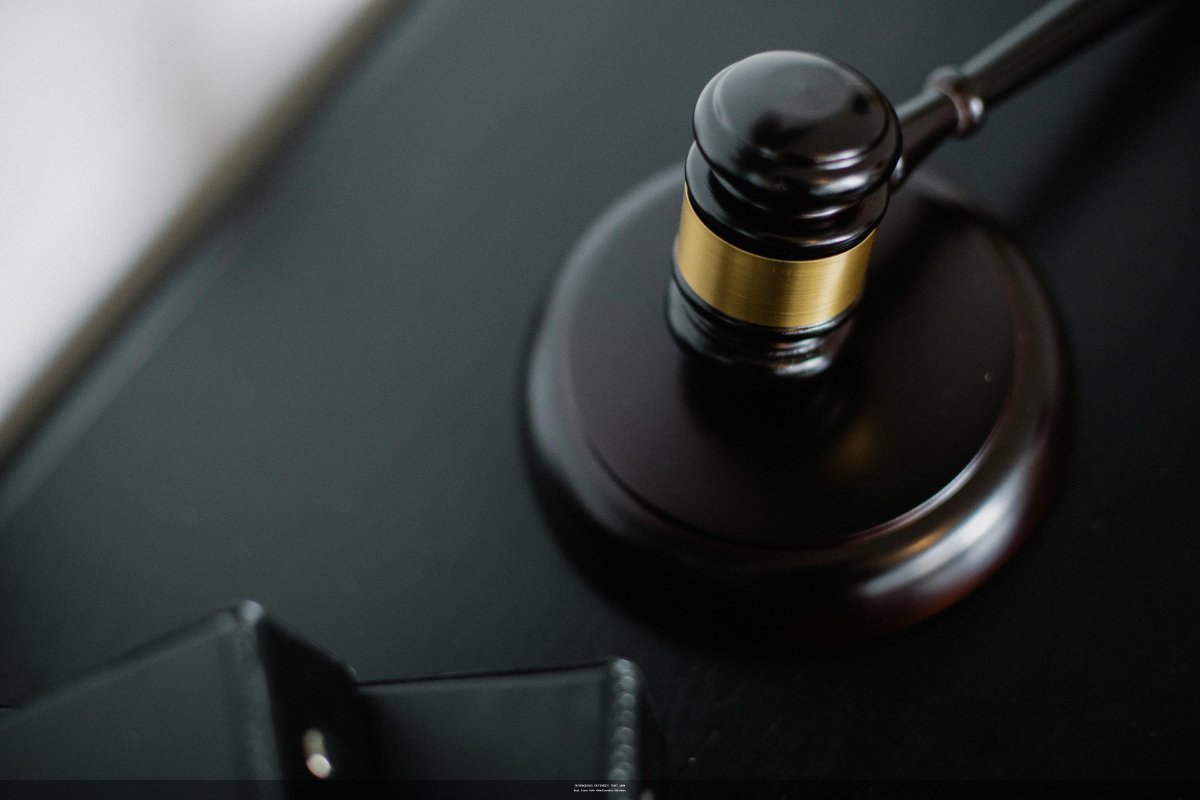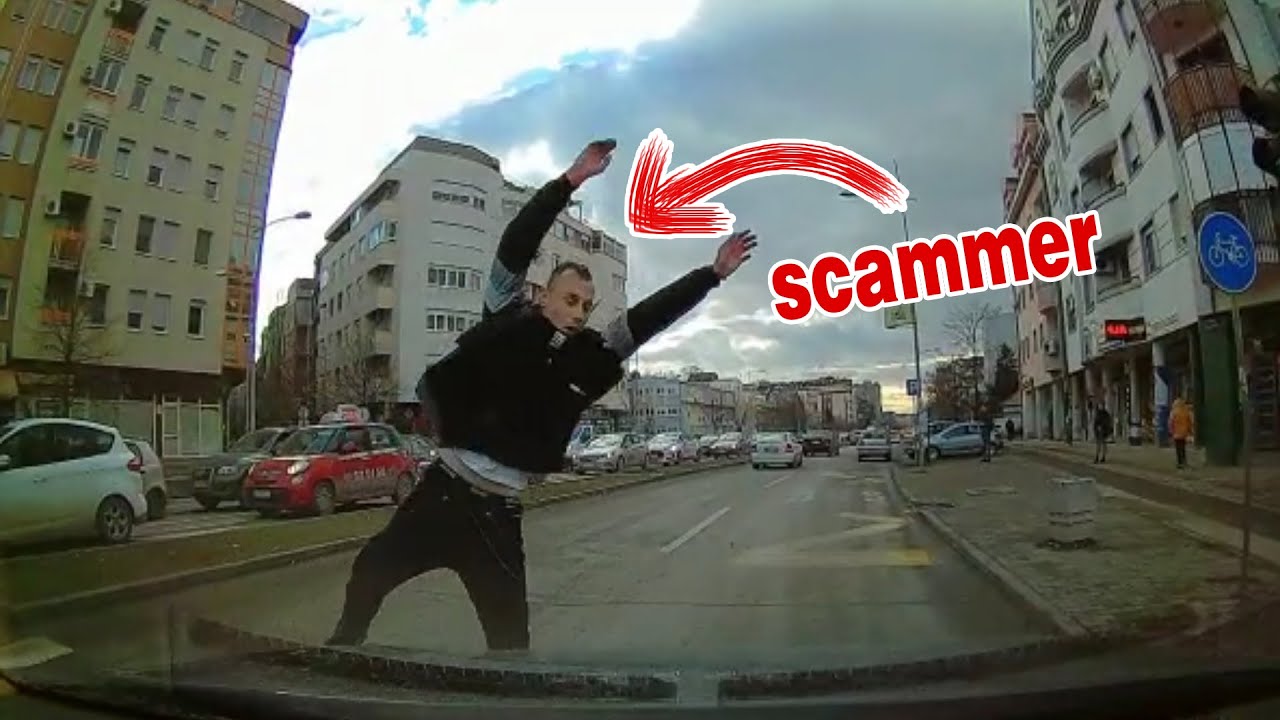The courtroom has witnessed some truly extraordinary legal defenses over the years—arguments that seem far-fetched but somehow convinced judges and juries to acquit defendants or significantly reduce their sentences. Here's a look at some of the most unusual legal defenses that, against all odds, actually worked.
The Twinkie Defense: Diminished Capacity Due to Sugar
Perhaps the most infamous unusual defense strategy came in the 1979 trial of Dan White, who assassinated San Francisco Mayor George Moscone and Supervisor Harvey Milk. White's defense team argued that he suffered from diminished capacity due to depression, with evidence including his switch from a health-conscious diet to consuming large amounts of sugary foods and drinks, including Twinkies.
Contrary to popular belief, the defense never claimed that Twinkies directly caused White's actions. Rather, they argued his junk food consumption was evidence of his deteriorating mental state. The jury found this argument compelling enough to convict White of voluntary manslaughter rather than first-degree murder, resulting in a sentence of just seven years and eight months rather than a possible death penalty.
The public outrage over this verdict led California to abolish the "diminished capacity" defense, replacing it with the more limited "diminished responsibility" defense.
The Sleepwalking Defense: Unconscious Actions
In 1987, Kenneth Parks drove 14 miles to his in-laws' home in Canada, stabbed his mother-in-law to death, and attacked his father-in-law before driving himself to a police station with bloodied hands saying, "I think I have killed some people." His defense? He was sleepwalking the entire time and had no conscious awareness of his actions.
Surprisingly, Parks was acquitted after sleep specialists testified about his family history of parasomnias (sleep disorders) and tests confirmed abnormal brain activity during sleep. The court accepted that Parks had been in a state of "automatism"—acting without conscious awareness or intent—and therefore lacked the necessary mental state to commit murder.
This "homicidal sleepwalking" defense has succeeded in a handful of other cases worldwide, though courts now apply much more rigorous scientific standards to such claims.
The Matrix Defense: Blurred Reality
In 2003, Tonda Lynn Ansley shot her landlady in Ohio and offered a truly bizarre defense: she believed she was living in a Matrix-like simulation where her actions had no real-world consequences. Citing the popular sci-fi film released four years earlier, Ansley claimed she thought her landlady was part of a conspiracy to brainwash and kill her in the "real" world outside the simulation.
Remarkably, the jury found Ansley not guilty by reason of insanity. Her attorneys successfully argued that regardless of how outlandish her beliefs seemed, she genuinely could not distinguish fantasy from reality due to untreated paranoid schizophrenia. The case highlighted how pop culture can shape delusions in mentally ill individuals.
The Gay Panic Defense: Temporary Insanity
While highly controversial and now banned in many jurisdictions, the "gay panic" defense has historically been used to reduce charges in cases where defendants claimed temporary insanity triggered by unwanted same-sex advances.
In a notorious 1998 case, the men who beat Matthew Shepard to death in Wyoming attempted to use this defense, claiming they were driven to temporary madness by his alleged proposition. While unsuccessful in that case, variations of this defense have resulted in reduced sentences in other trials, particularly before the 2000s.
The American Bar Association unanimously passed a resolution in 2013 urging governments to ban this defense, and many states have since prohibited it. The fact that this defense ever succeeded highlights changing societal attitudes toward LGBTQ+ individuals.
The Celebrity Worship Syndrome: The Fan Defense
In 1994, Paula Muñiz Moreno broke into singer Julio Iglesias's Miami home and spent 24 hours hiding in his wardrobe before being discovered. Rather than pursuing typical burglary or trespassing charges, Moreno's legal team presented an unusual defense: she suffered from "Celebrity Worship Syndrome," a psychiatric condition where fans develop unhealthy obsessions with celebrities.
The court determined Moreno needed psychological treatment rather than punishment. She was acquitted of criminal charges and instead ordered to undergo psychiatric treatment and to maintain a significant distance from Iglesias. This case helped establish the legal recognition of pathological celebrity worship as a mental health condition rather than simply criminal behavior.
The "Urban Survival Syndrome" Defense
In 1994, Daimion Osby, a young Black man from Fort Worth, Texas, shot and killed two unarmed men after a confrontation. His defense team argued that growing up in a violent neighborhood had conditioned him to perceive threats more readily than someone from a safer environment—a condition they termed "Urban Survival Syndrome."
The defense contended that Osby reasonably believed his life was in danger based on prior experiences with violence. Against significant odds, the jury accepted this argument and acquitted Osby. While rarely successful in subsequent cases, this defense highlighted how environmental factors might influence perceptions of threat and self-defense responses.
The PMS Defense: Hormonal Influence
In 1981, Sandie Smith was charged with threatening behavior after an incident where she wielded a knife at a police officer. Her defense argued that she suffered from severe premenstrual syndrome (PMS) that significantly altered her mental state and behavior.
The British court accepted this defense, and Smith received a conditional discharge. This case set a precedent for successful diminished responsibility defenses based on hormonal conditions that temporarily affect judgment and behavior. While controversial from both medical and feminist perspectives, the PMS defense has succeeded in reducing charges in several cases worldwide.
Legal Impact and Controversy
These unusual defenses highlight the legal system's ongoing struggle to address complex questions about mental state, responsibility, and culpability. While they make for fascinating legal history, many have prompted significant legal reforms to prevent what some view as exploitation of legal loopholes.
The success of these uncommon defenses also demonstrates how skilled attorneys can sometimes convince courts to consider alternative perspectives on human behavior—for better or worse. In each case, the defense succeeded by challenging conventional understandings of criminal intent and responsibility in ways that resonated with juries, even if they seemed implausible to the general public.






